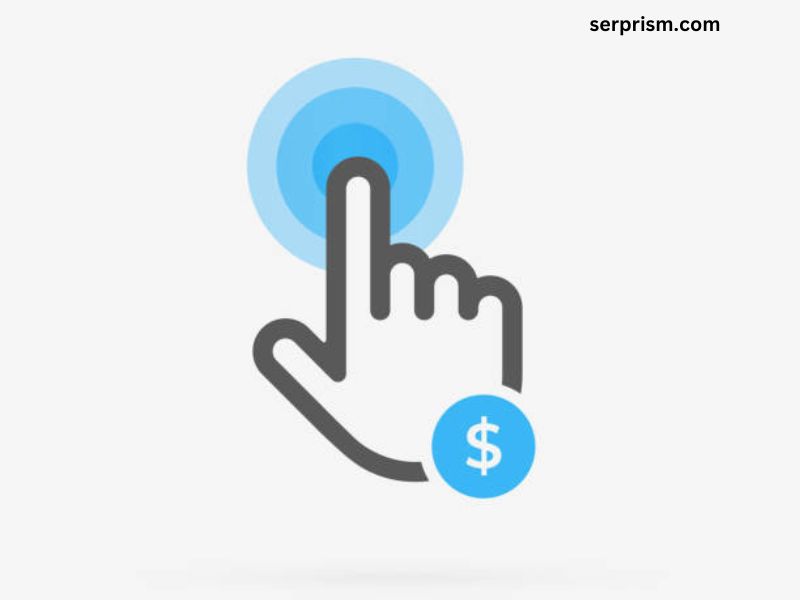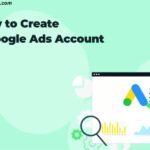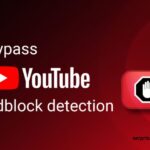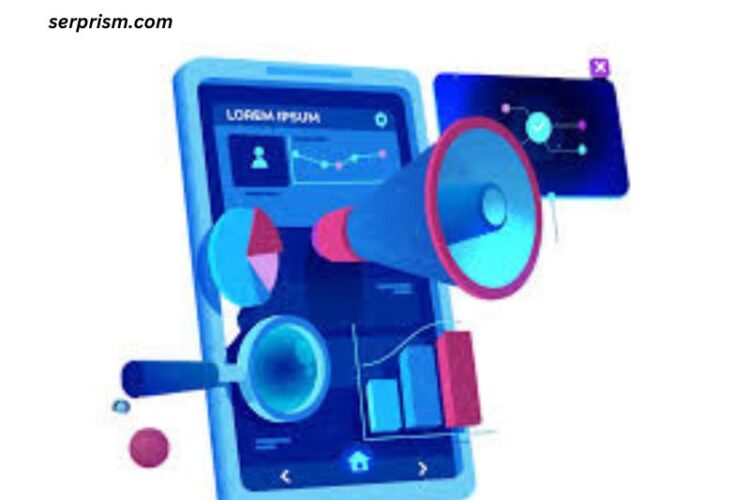
In the digital age, advertisements have evolved into a multifaceted industry, with video ads standing out as a significant player. Among these, video opening ads—those that appear before a video starts—have become ubiquitous. This article delves into the mechanics, effectiveness, and user perceptions of clicking on video opening ads, exploring both their advantages and disadvantages for advertisers and viewers alike.
Understanding Video Opening Ads
Video opening ads, commonly referred to as pre-roll ads, are brief advertisements that play before the selected video content begins. Typically lasting between 15 to 30 seconds, these ads aim to capture the viewer’s attention and promote a product, service, or brand.
Types of Video Opening Ads
- Skippable Ads: Viewers can skip these ads after a certain duration, usually five seconds. This format encourages advertisers to create engaging content right from the start to maintain viewer interest.
- Non-Skippable Ads: These must be watched in their entirety before the desired video plays. They are often longer, lasting up to 30 seconds or more, and are designed for maximum exposure.
- Bumper Ads: These are short, non-skippable ads, typically lasting six seconds, designed for brief, impactful messaging.
Platforms Hosting Video Opening Ads
Video opening ads are predominantly featured on platforms like YouTube, Facebook, and various streaming services. YouTube, in particular, has become synonymous with pre-roll ads due to its extensive reach and diverse audience. Other platforms, including Hulu and Spotify, have also integrated video opening ads into their business models, targeting specific demographics effectively.
The Effectiveness of Video Opening Ads
Audience Engagement
One of the primary reasons advertisers invest in video opening ads is their potential to engage viewers effectively. Research shows that video content generally garners higher engagement rates than static ads. The visual and auditory elements of video create a dynamic viewing experience that can evoke emotions, convey messages more effectively, and enhance brand recall.
Targeting Capabilities
Digital advertising platforms allow advertisers to target specific demographics based on user behavior, interests, and location. This capability enables brands to tailor their messages to the audience most likely to be interested in their offerings, increasing the likelihood of ad clicks and conversions.
Measurement and Analytics
Another advantage of video opening ads is the wealth of data they provide. Advertisers can track metrics such as click-through rates (CTR), viewability, and engagement rates. This data enables them to refine their strategies and optimize future campaigns based on real-time feedback.
The Click: Why Viewers Engage
Curiosity and Interest
When viewers click on video opening ads, it often stems from curiosity or a genuine interest in the advertised content. If the ad effectively piques their interest within the first few seconds, they are more likely to engage with it. This highlights the importance of creating compelling and relevant content that resonates with the target audience.
Incentives and Promotions
Many advertisers offer incentives, such as discounts or exclusive content, which can entice viewers to click on their ads. This strategy capitalizes on the viewer’s desire for value, encouraging them to engage with the ad to take advantage of the offer.
Brand Recognition
Familiarity with a brand can also motivate viewers to click on an ad. Brands that have established a presence and positive reputation are more likely to elicit clicks from viewers who trust their offerings. This phenomenon underscores the importance of brand equity in digital advertising.
User Perception: The Double-Edged Sword
Annoyance and Fatigue
While video opening ads can be effective, they can also lead to viewer annoyance, particularly if they interrupt content frequently. Many users express frustration with non-skippable ads, perceiving them as a hindrance to their viewing experience. This annoyance can result in negative associations with the brand and decreased overall engagement.
Ad Blockers
The rise of ad blockers reflects growing user dissatisfaction with intrusive advertising. Many viewers opt to use ad-blocking software to avoid pre-roll ads altogether, significantly impacting ad visibility and effectiveness. Advertisers must navigate this landscape by creating less intrusive, more engaging ad experiences.
The “Skip” Button Dilemma
Skippable ads offer a unique challenge: while they provide viewers the freedom to skip, they also compel advertisers to deliver their message quickly and effectively. The effectiveness of skippable ads often hinges on the ad’s opening seconds—if the content fails to grab attention quickly, viewers are likely to opt for the “skip” button.
Best Practices for Creating Effective Video Opening Ads
To maximize engagement and minimize viewer annoyance, advertisers should consider the following best practices:
1. Hook Viewers Early
The first few seconds of a video ad are crucial. Advertisers should aim to deliver the most impactful elements of their message within this timeframe, capturing attention before viewers decide to skip.
2. Keep it Short and Sweet
While longer ads can provide more information, they may also lose viewer interest. Striking a balance between length and content is essential. For skippable ads, concise messaging can lead to better retention.
3. Use High-Quality Visuals and Sound
High production quality is vital for capturing attention. Engaging visuals and clear audio can enhance the viewer’s experience, making them more likely to remember the ad and the brand.
4. Include a Strong Call to Action (CTA)
Effective ads should always include a clear CTA, guiding viewers on what to do next. Whether it’s visiting a website, subscribing, or making a purchase, a strong CTA can significantly increase engagement rates.
5. Test and Optimize
Continuous testing and optimization based on analytics can help advertisers refine their strategies. A/B testing different ad formats, lengths, and messaging can lead to improved performance over time.
Conclusion
As digital landscapes evolve, the role of video opening ads will continue to be scrutinized and optimized. While they present unique opportunities for engagement and brand promotion, they also pose challenges related to viewer satisfaction and ad fatigue.
The key to success lies in understanding the audience’s preferences and crafting ads that respect their viewing experience. By leveraging data analytics, creating high-quality content, and focusing on audience engagement, advertisers can navigate the complex world of video opening ads and drive effective campaigns.
In the end, clicking on video opening ads is not merely a transactional act; it represents a moment of interaction between brands and consumers, where curiosity, value, and engagement converge. As this dynamic landscape continues to shift, the strategies employed will be vital in shaping the future of advertising in the digital age.




